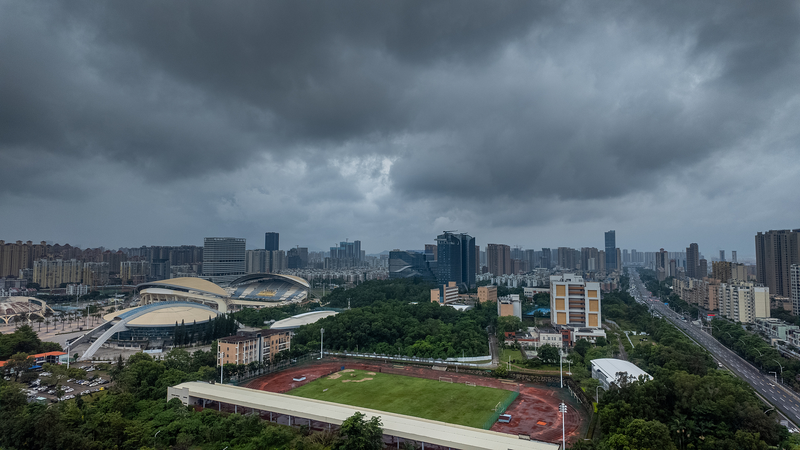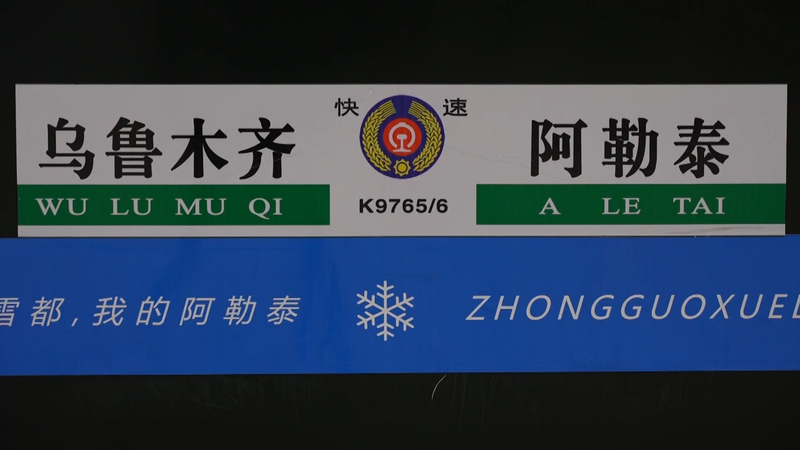Early August saw south China’s Guangdong Province drenched by torrential downpours, sparking mudslides, landslides and urban flooding 🌧️. More than 85,400 residents have been moved to safety so far.
1. Monsoon Mojo
The Bay of Bengal monsoon winds pack in huge amounts of moisture. When warm ocean air meets cooler land, it rises, cools and releases rain—like squeezing a damp sponge. This year, stronger monsoon currents sent even more water vapor to Guangdong.
2. Warmer Seas, Heavier Showers
Sea surface temperatures in the South China Sea have been higher than usual. Warm water fuels powerful storm clouds, supercharging rainfall intensity. It’s like turning on a turbo boost for raindrops.
3. Typhoon Trails
Lingering low-pressure systems and typhoon remnants hovered nearby, dumping extra rain over the province. These weather leftovers acted like a pressure cooker, prolonging the downpours.
4. Urban Spread
Rapid city growth means more concrete and less green cover. Hard surfaces can’t soak up water, so heavy rain runs off into streets and drains—overwhelming flood defenses.
5. Climate Change Factor
Global warming intensifies weather extremes. As temperatures rise, the atmosphere holds more moisture, making heavy rain events more frequent and intense.
Looking Ahead
Chinese authorities are boosting early warning systems and improving drainage. For communities, planting trees, updating flood maps and embracing smart city planning can build resilience. From Mumbai’s monsoon rush to Jakarta’s flash floods, extreme rainfall is a shared challenge across South and Southeast Asia. Staying informed and prepared is key 🌏⚡.
Reference(s):
cgtn.com




